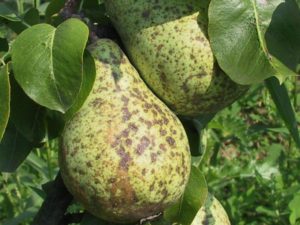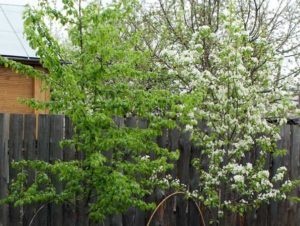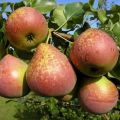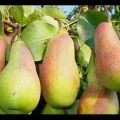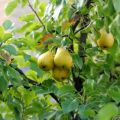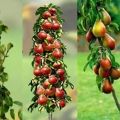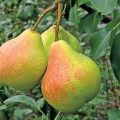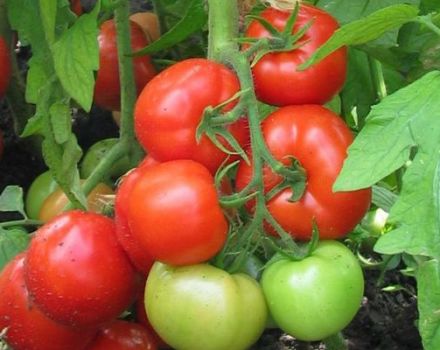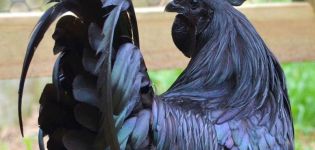Description and characteristics of Pakham pear varieties, planting, cultivation and care
The pear, known as Pakham, emigrated to Russia relatively recently. Prior to that, she grew up in Australia and South America. Many Russians love its taste. Pakham is a sweet, sour fruit, very juicy, but with firm pulp. After harvesting, fruits are stored in a cool place. When stored properly, fruits do not lose their aroma and taste.
Description, characteristics and history of the origin of the variety
Pear Pakham appeared in the gardens of domestic gardeners relatively recently. She is originally from Australia. It is a type of Barlett variety. Pakham was bred at the end of the 19th century by the Australian C. Pakham. These fruits are exported to Russia from Chile, Argentina and South Africa. Saplings can be planted in regions with temperate climates, but they need to be insulated for the winter.
Description of the tree
The plant has a pyramidal shape. Grows up to 3 meters. The branches of the tree are strong. Leaves are medium in size, smooth, green in color. Under the weight of the harvest, the branches drop and give the tree a spreading shape. Pakham only yields 4 or 5 years after planting. Then it bears fruit regularly for 30 years.
Productivity - more than 100 kilograms of fruit from one tree.
Description of the fruit
Pakham produces large fruits. The weight of one fruit is 150-190 grams. They look pear-shaped, slightly lumpy. Their skin is rough. Fruits are greenish at first, but turn yellow as they ripen. Greenish-brown dots are visible all over the surface.
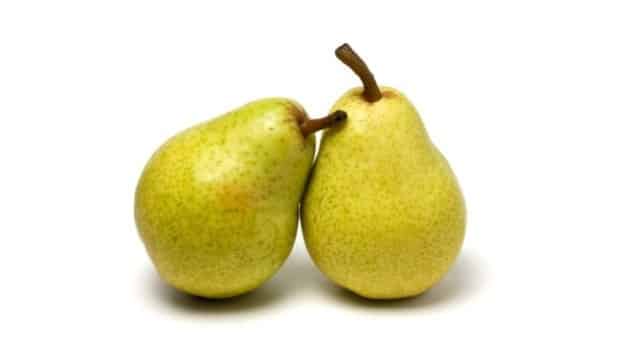
The ripe fruit has a fragrant, sweet and juicy pulp. On the cut, it is light cream in color and dense in structure. Pakham has a sweet and sour taste. When bitten, the ripe fruit crunches, and its pulp has stony formations.
Pros and cons of pear Pakham
Pros:
- high productivity;
- excellent taste properties;
- plucked fruits are stored for a long time.
Minuses:
- low frost resistance;
- often get sick and are attacked by pests.
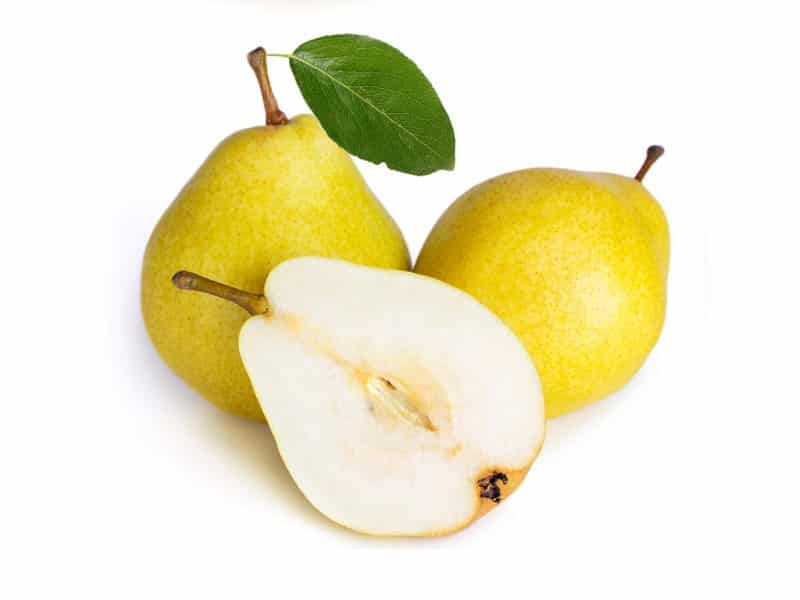
Features of growing a plant
Pakham is a thermophilic plant. It is recommended to plant it in places protected from the wind. Pear loves a lot of sunlight and does not tolerate swampy soil. Excessive moisture can cause root rot.
Choosing a place and time for boarding
Pakham grows in any soil, but prefers clay soil and black soil.It can yield crops on sandy soil if fertilized with organic matter and minerals. The pear does not like too wet soil. It is not advisable to plant it in the shade of other trees. Pakham is not prone to self-pollination. It is recommended to plant it near other varieties of pears.

Pakham can be planted in early spring or late autumn. Spring planting is preferable for regions with warm climates. The seedlings are buried in the ground before bud break. In autumn, trees are planted before the onset of frost, so that they have time to adapt to the new environment.
Planting pit preparation
Before planting, you need to dig a shallow hole - up to 1 meter deep. It should stand open for a while. The excavated soil is mixed with humus, sand and mineral fertilizers (potassium and superphosphate).
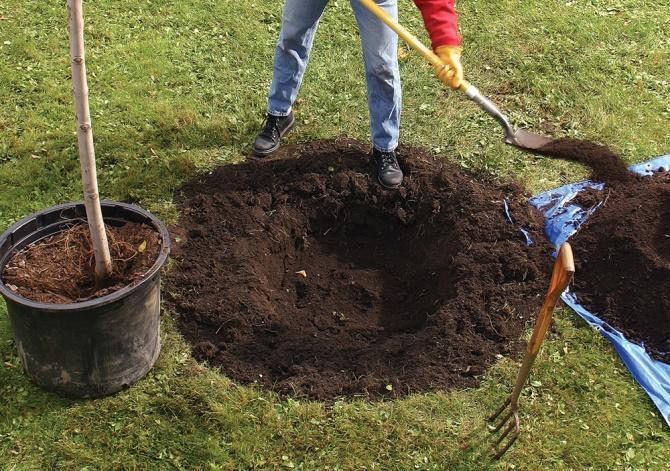
Preparation of seedlings
It is better to buy planting material in nurseries. Saplings should be no more than two years old. Plant height for planting is about 1.5 meters. The tree should have flexible branches and a strong root system. Before planting, the seedling is placed in a solution of Heteroauxin for 12 hours. It stimulates the growth of the root system.
Landing scheme
Part of the dug and fertilized land is poured back into the pit. Then a seedling is immersed in it and sprinkled with soil up to the root collar. After planting, two buckets of settled water are poured under the root.
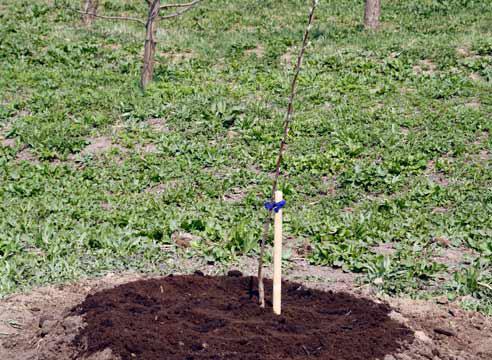
Pear care rules
With proper care and regular fertilization, Pakham produces a good harvest. Trees need annual pruning and rejuvenation. It is recommended to water them in dry season.
Fertilizer
Pakham is fertilized several times a year. First, in early spring, before the first flowers appear, nitrogen fertilizers and mullein are introduced into the soil. In the first half of summer, a pear needs potash, magnesium and phosphorus feeding. After harvesting the fruits for the winter, the tree can be fertilized with potassium and phosphorus.
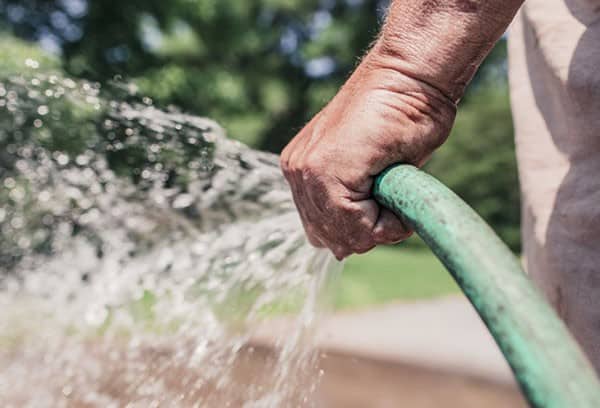
Watering
It is advisable to water the trees during dry season. Necessarily - during flowering and fruit setting. Young trees need regular watering. After the spring disembarkation, they must be added every other day (one bucket of water each). After watering, it is advisable to loosen the soil. It is recommended to mulch the ground near the tree with dry hay or tree bark.
Pruning and rejuvenation
The formation of the crown is carried out in early spring, before bud break. Cut off lateral, old, dry and diseased branches. They are cut off completely, leaving no stumps. Leave young shoots and several large near-stem branches. It is recommended to thin out the crown in late autumn. The tree is rejuvenated every 5 years. Young shoots are left, and the old ones are cut off.
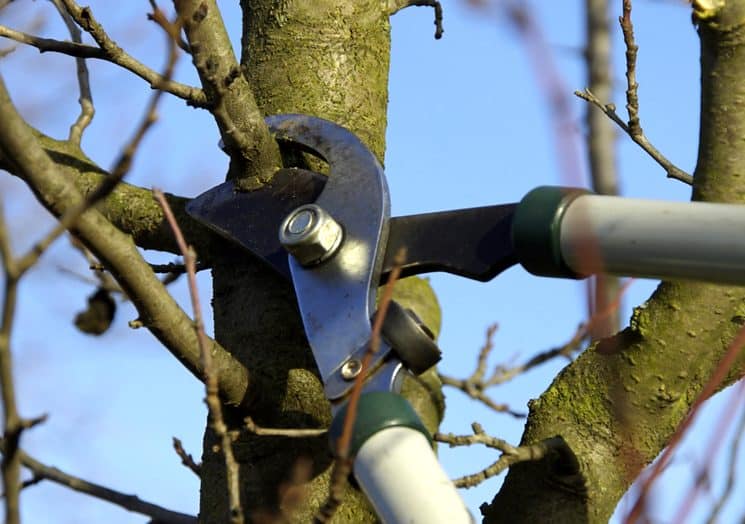
Wintering
Young trees, before the onset of frost, it is advisable to insulate. Their trunks are lined with straw, reeds or dry corn stalks. From above, the tree is additionally wrapped with burlap or film.
Protection against diseases and pests
Pakham is often sick. This fruit is often attacked by pests. To prevent diseases, it is recommended to carry out preventive measures and spray the tree with special chemicals. In case of illness, the tree is treated, and diseased fruits or branches are removed.
Diseases:
- Scab.
Due to the fungus, brown spots appear on the leaves, and then on the fruits themselves. The fruit cracks, its pulp becomes ossified. Infected pears are removed from the tree, and the fruits are sprayed with a 1% Bordeaux mixture or copper sulfate solution.
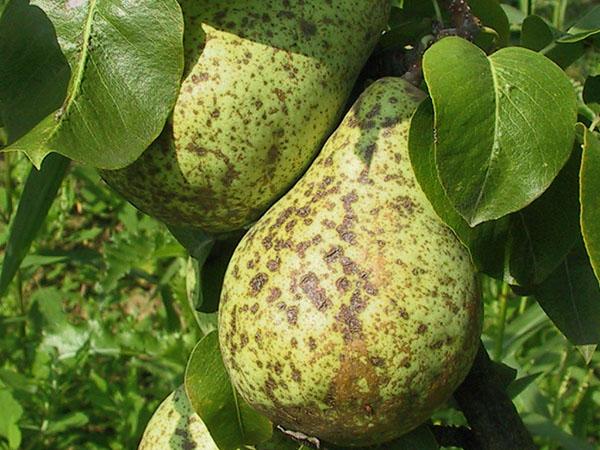
- Moniliosis.
A fungal infection causes the fruit to rot. Infected fruits are removed from the tree, and the pear itself is sprayed with chemicals (Horus, Bordeaux mixture, Strobi). For prevention use Fitosporin-M.
- Black cancer.
The disease affects the trunk and branches. Microorganisms form small cracks, they break the bark. Fungi enter the wound and cause rotting.The affected area is cut off and treated with a solution of copper sulfate, then covered with clay.
Insecticides are used to control insects. Damaged leaves and ovaries, as well as dead pests after spraying, fall to the ground under the tree. This garbage must be raked up and burned at the stake.
Harvesting and storage
It is recommended to harvest fruits in early September, until they are fully ripe, when they turn slightly yellow. The fruits are plucked from the tree and placed in baskets or boxes. It is recommended to store fruits in a cool place. Here they ripen for 14 days. Storage temperature - from 0 to 2 degrees. Pears do not lose their taste and appearance for 1-2 months.
